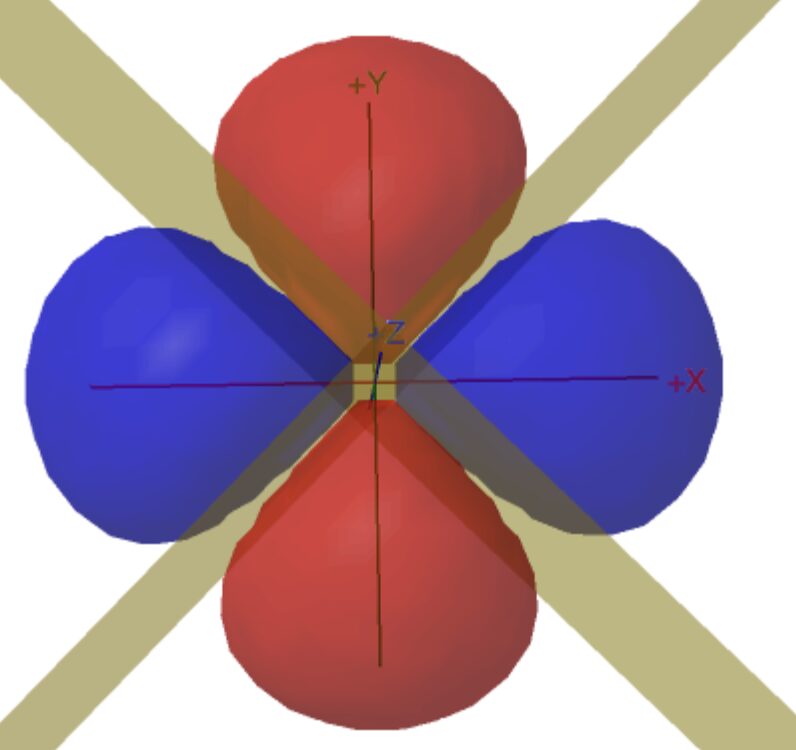ChemTube3D contains interactive 3D chemistry animations and structures, with supporting information, for students studying some of the most important topics in advanced school chemistry and university chemistry courses. Use the menus to explore them.
